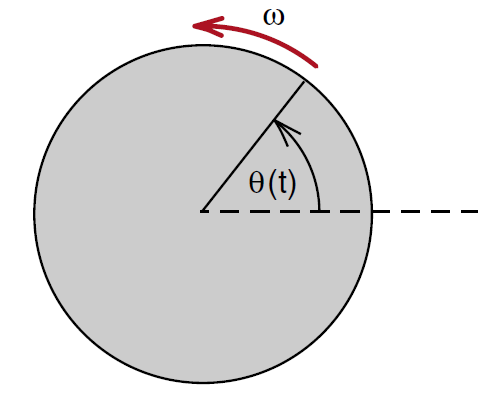
تاريخ الفيزياء

علماء الفيزياء


الفيزياء الكلاسيكية

الميكانيك

الديناميكا الحرارية


الكهربائية والمغناطيسية

الكهربائية

المغناطيسية

الكهرومغناطيسية


علم البصريات

تاريخ علم البصريات

الضوء

مواضيع عامة في علم البصريات

الصوت


الفيزياء الحديثة


النظرية النسبية

النظرية النسبية الخاصة

النظرية النسبية العامة

مواضيع عامة في النظرية النسبية

ميكانيكا الكم

الفيزياء الذرية

الفيزياء الجزيئية


الفيزياء النووية

مواضيع عامة في الفيزياء النووية

النشاط الاشعاعي


فيزياء الحالة الصلبة

الموصلات

أشباه الموصلات

العوازل

مواضيع عامة في الفيزياء الصلبة

فيزياء الجوامد


الليزر

أنواع الليزر

بعض تطبيقات الليزر

مواضيع عامة في الليزر


علم الفلك

تاريخ وعلماء علم الفلك

الثقوب السوداء


المجموعة الشمسية

الشمس

كوكب عطارد

كوكب الزهرة

كوكب الأرض

كوكب المريخ

كوكب المشتري

كوكب زحل

كوكب أورانوس

كوكب نبتون

كوكب بلوتو

القمر

كواكب ومواضيع اخرى

مواضيع عامة في علم الفلك

النجوم

البلازما

الألكترونيات

خواص المادة


الطاقة البديلة

الطاقة الشمسية

مواضيع عامة في الطاقة البديلة

المد والجزر

فيزياء الجسيمات


الفيزياء والعلوم الأخرى

الفيزياء الكيميائية

الفيزياء الرياضية

الفيزياء الحيوية

الفيزياء العامة


مواضيع عامة في الفيزياء

تجارب فيزيائية

مصطلحات وتعاريف فيزيائية

وحدات القياس الفيزيائية

طرائف الفيزياء

مواضيع اخرى
Angular Velocity
المؤلف:
E. R. Huggins
المصدر:
Physics 2000
الجزء والصفحة:
336
29-11-2020
2801
Angular Velocity
The typical measure of angular velocity you may be familiar with is revolutions per minute (RPM). The tachometer in a sports car is calibrated in RPM; a typical sports car engine gives its maximum power around 5000 RPM. Engine manufacturers in Europe are beginning to change over to revolutions per second (RPS), but somehow revving an engine up to 83 RPS doesn't sound as impressive as 5000 RPM. (Tachometers will probably be calibrated in RPM for a while.)
In physics texts, angular velocity is measured in radians per second. Since there are 2π radians/cycle, 83 revolutions or cycles per second corresponds to 2π × 83 = 524 radians/second. Few people would know what you were talking about if you said that you should shift gears when the engine got up to 524 radians per second.
Our formal definition of angular velocity is the time rate of change of an angle. We almost always use the Greek letter ω (omega) to designate angular velocity
 ..........(1)
..........(1)
When thinking of angular velocity ω picture a line marked on the end of a rotating shaft. The angle θ is the angle that the line makes with the horizontal as shown in Figure (1). As the shaft rotates, the angle θ (t) increases with time, increasing by 2π every time the shaft goes all the way around.

Figure 1: End of a shaft rotating at an angular velocity ω .
 الاكثر قراءة في الميكانيك
الاكثر قراءة في الميكانيك
 اخر الاخبار
اخر الاخبار
اخبار العتبة العباسية المقدسة

الآخبار الصحية















 قسم الشؤون الفكرية يصدر كتاباً يوثق تاريخ السدانة في العتبة العباسية المقدسة
قسم الشؤون الفكرية يصدر كتاباً يوثق تاريخ السدانة في العتبة العباسية المقدسة "المهمة".. إصدار قصصي يوثّق القصص الفائزة في مسابقة فتوى الدفاع المقدسة للقصة القصيرة
"المهمة".. إصدار قصصي يوثّق القصص الفائزة في مسابقة فتوى الدفاع المقدسة للقصة القصيرة (نوافذ).. إصدار أدبي يوثق القصص الفائزة في مسابقة الإمام العسكري (عليه السلام)
(نوافذ).. إصدار أدبي يوثق القصص الفائزة في مسابقة الإمام العسكري (عليه السلام)


















